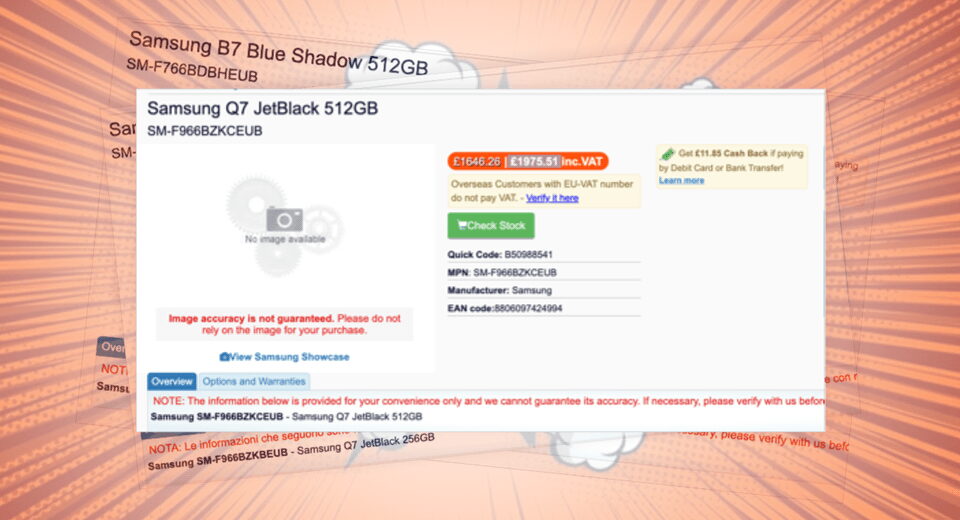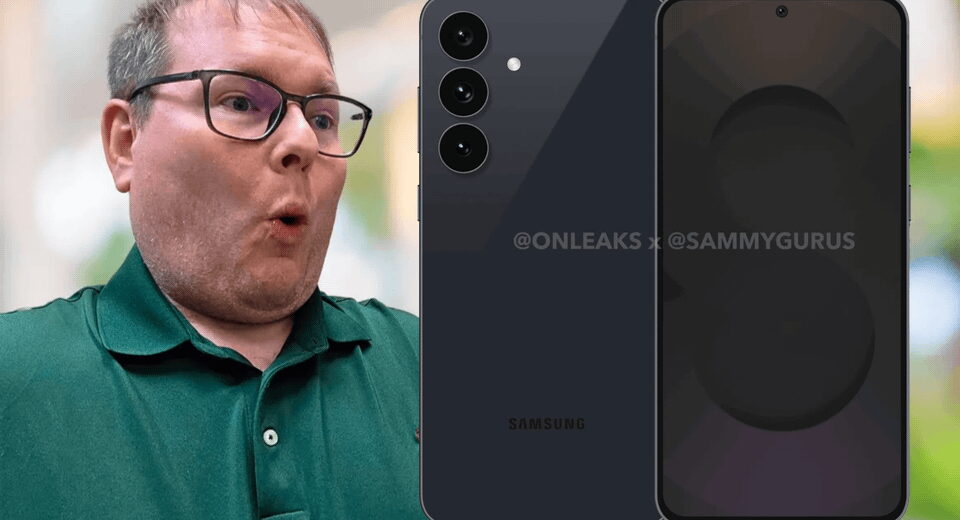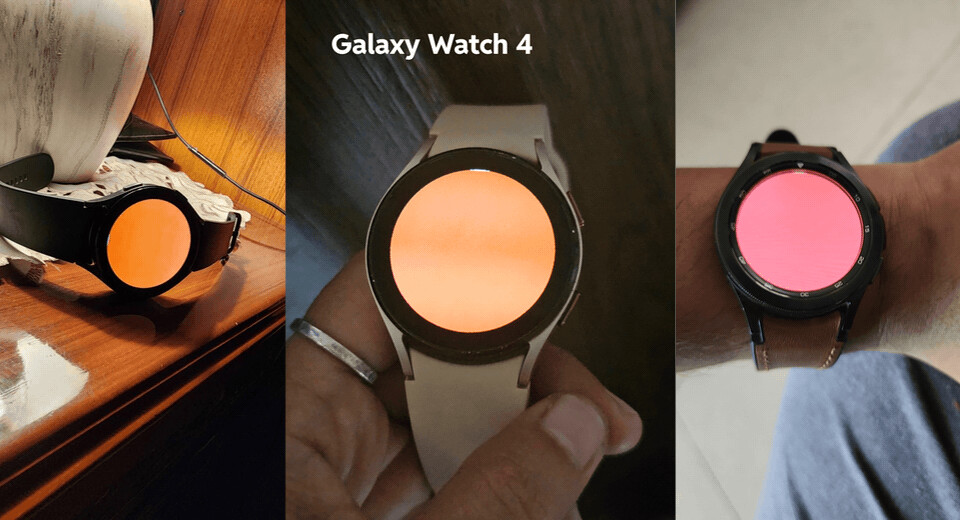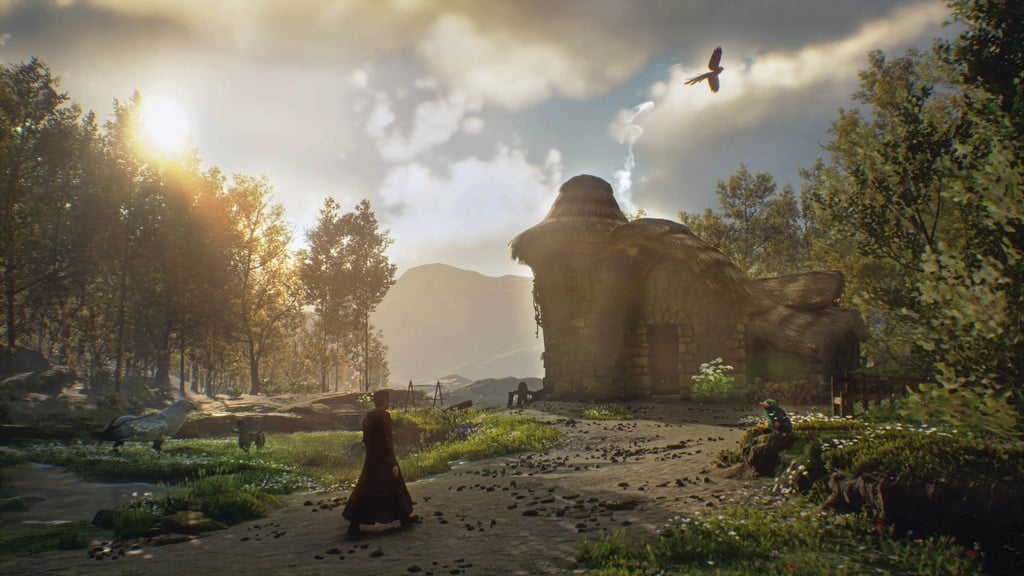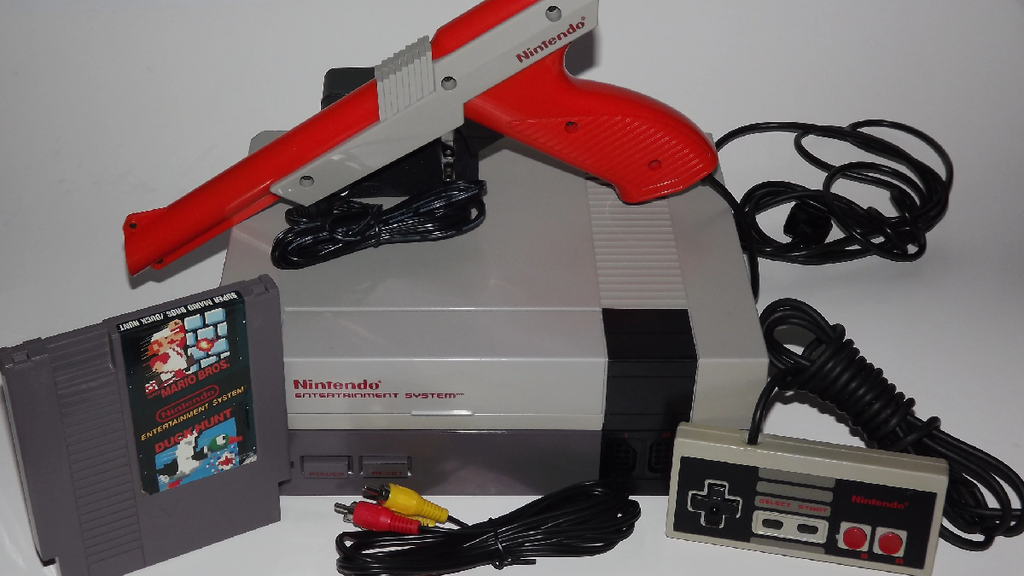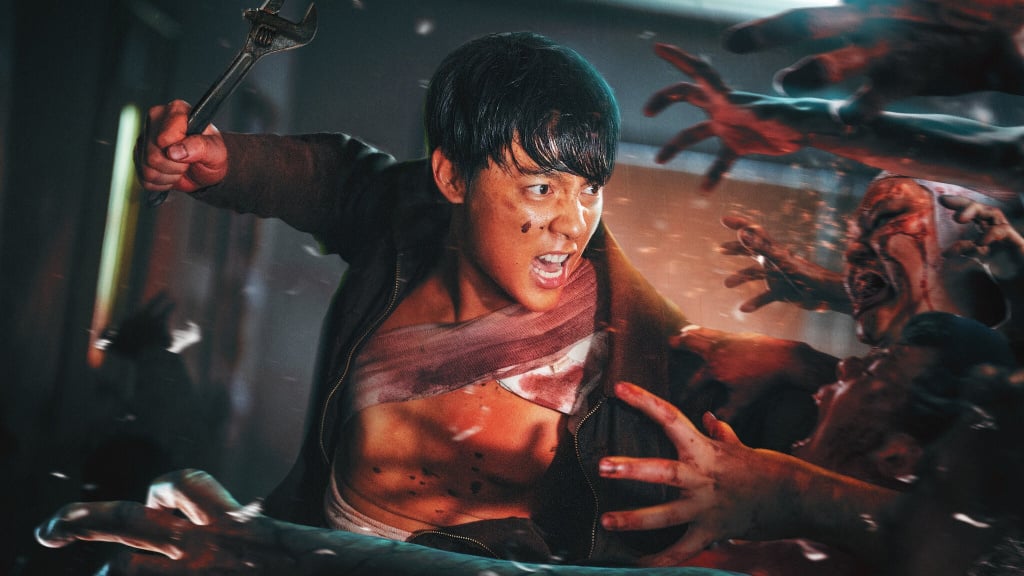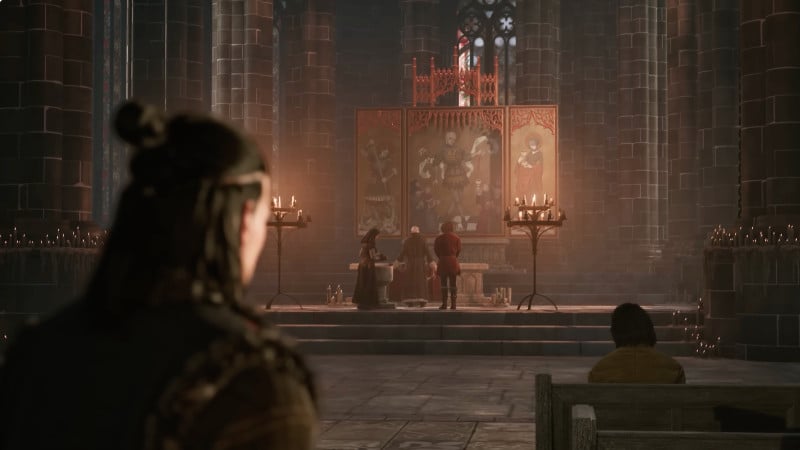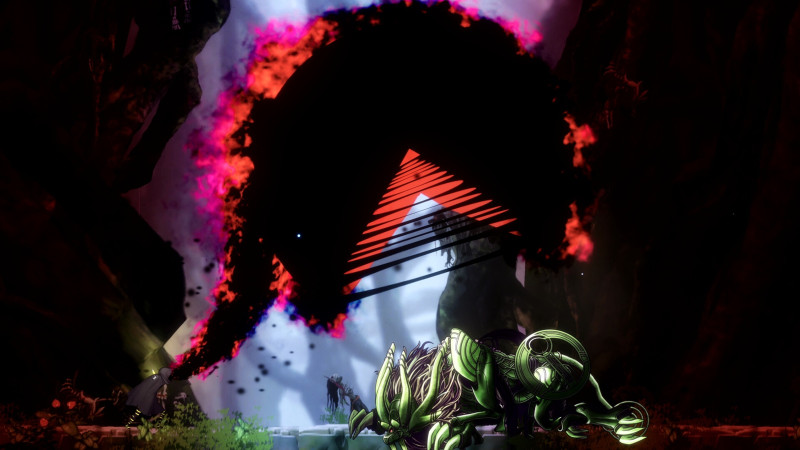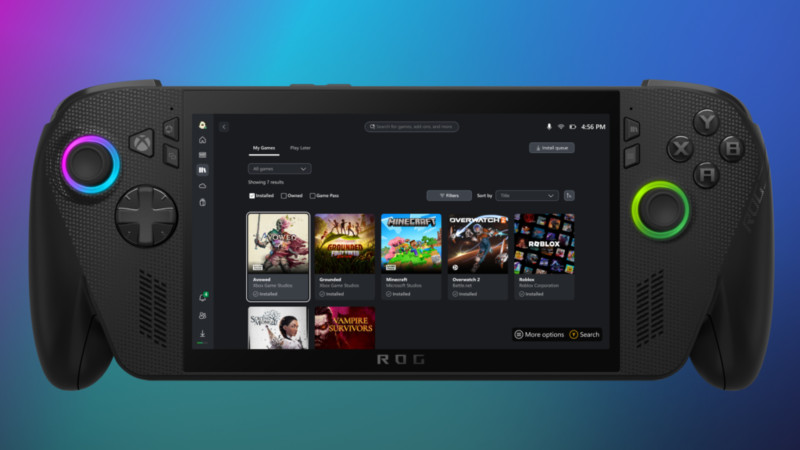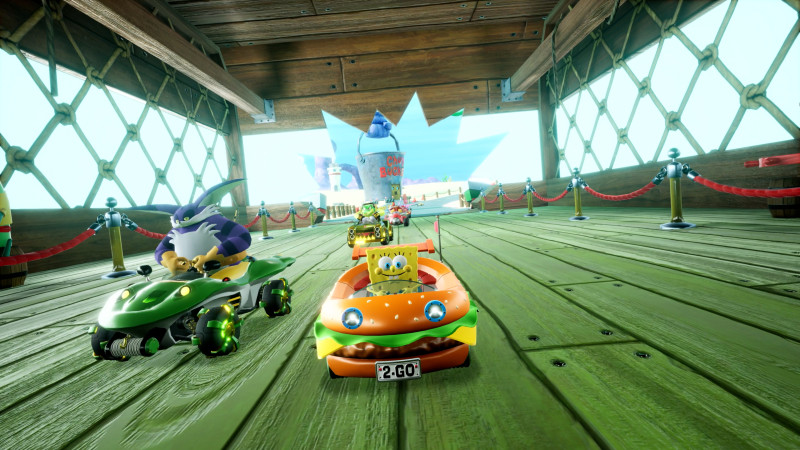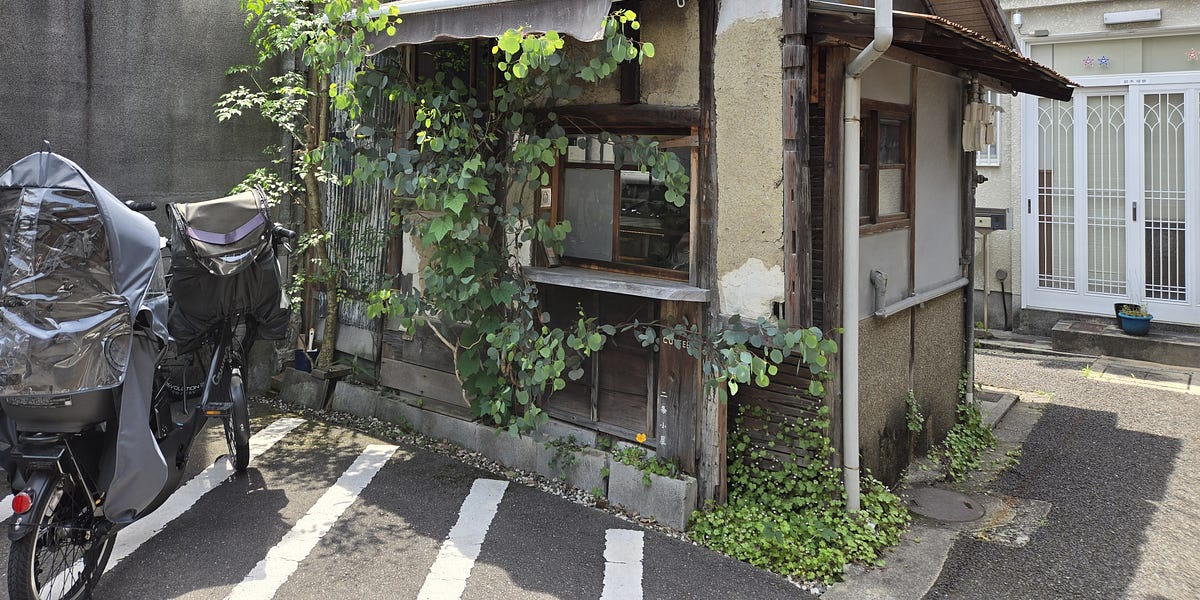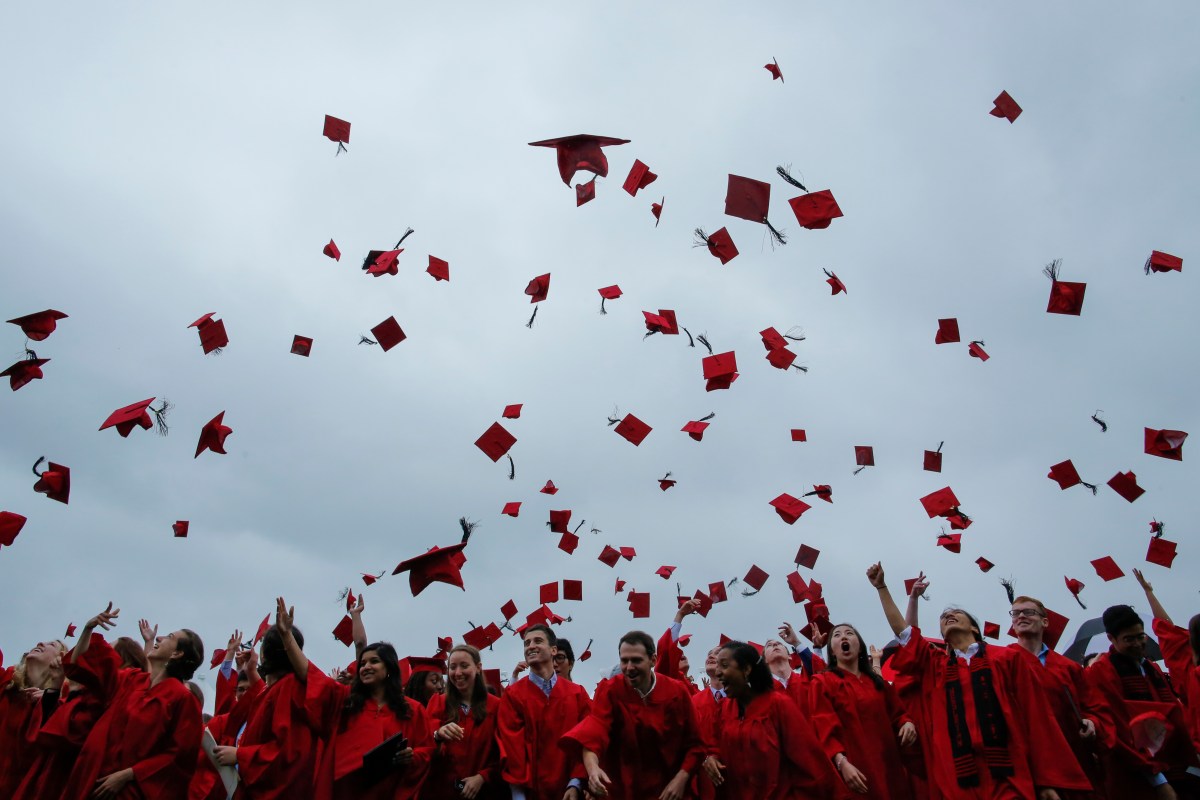Civil War in 3D: Stereographs from the New-York Historical Society (2015)
This post is by Alex Japha, Digital Preservation Intern in the Patricia D. Klingenstein Library.
While 3D technology is now most associated with big-budget movies, 3D imagery is not a new concept. As part of the New-York Historical Society’s ongoing effort to make the Civil War Treasures Collection available digitally, more than 700 stereographs of the U.S. Civil War have recently been made accessible online.
A stereograph is a combination of two photographs, usually placed side by side on cardstock, which create a three dimensional image when viewed with a stereoscope device. Humans naturally perceive depth (the third dimension) by combining two slightly offset images of the world separated by a few inches. Early stereographic photos were created using angled mirrors to capture two photographs, moving a camera by a few inches between photographs, or by simultaneously using two cameras placed a few inches apart. The stereoscope viewing device mimics the natural process of three dimensional sight by providing each eye with a photograph of a single object or scene captured from two slightly different perspectives. Lenses are used in stereoscopic viewers to magnify the photos and trick the eye into perceiving them as a single, three dimensional image.
At the time of the Civil War (1861-1865), the stereograph was a relatively new technology, having been invented by Sir Charles Wheatstone in 1838. The term stereograph was coined by Oliver Wendell Holmes, father of the Supreme Court Justice of the same name, in an 1859 article published in the Atlantic Monthly titled “The Stereoscope and the Stereograph” (Holmes, 1859). In 1861, Holmes improved on the design of the handheld stereoscopic viewer “by adding a sliding card holder and a hood to shield the eyes from extraneous light” (Darrah, 1977, 2). As Holmes chose not to patent this viewer, it was widely copied and remained popular for several decades. Holmes described the stereoscopic viewer as “an instrument which makes surfaces look solid. All pictures in which perspective and light and shade are properly managed, have more or less of the effect of solidity; but by this instrument that effect is so heightened as to produce an appearance of reality which cheats the senses with its seeming truth” (Holmes, 1859).
Holmes Stereoscope By User Davepape on en.wikipedia (Photo by Davepape) [Public domain], via Wikimedia Commons
Two years after this description, the Civil War began and became one of the first wars to be captured with photography. The individual primarily credited with this historical documentation is Mathew B. Brady. Brady had studied daguerreotype photography under Samuel F.B. Morse, who is known for pioneering daguerreotype photography in America, developing the telegraph, and creating Morse code. At the outset of the Civil War, Brady was operating a photography studio in Washington, D.C., making his company ideally located to capture the war that was occurring just to the south in Virginia. It is probable that “Mathew Brady did not take a single Civil War photograph,” instead employing “at his own expense, skilled photographers, the number varying from time to time from eight to twenty, commonly traveling in teams of two or three” (Darrah, 1964, 63). Many of the stereographs in N-YHS’s newly available collection are attributed to Brady’s company.
McLean’s House, Where Lee Surrendered. Civil War stereographs, 1861-1865. PR-065-802-5
The photographers used portable darkrooms to develop the photographs on location. The portable darkroom wagon is visible in some of the stereographs as well as the photographers themselves.
Our artist at Manassas, 4th July, 1862. Civil War stereographs, 1861-1865. PR-065-803-14
While not part of the stereograph collection, it is worth noting that Brady is also well known for photographing Abraham Lincoln for the first time in New York City before Lincoln’s Cooper Union speech. These photographs helped propel Lincoln onto the national stage and represent a pivotal moment in the history of New York City and America.
Matthew Brady’s “Cooper Institute portrait” of Abraham Lincoln, February 27, 1860. The Photographs of Abraham Lincoln. Frederick Hill Meserve: New York, 1911.
A rare old third dimension portrait of Abraham Lincoln, made in the days of the Civil War. Civil War stereographs, 1861-1865. PR-065-778-1
Another prominent photographer of the Civil War present in the collection is Alexander Gardner. During the war, Gardner operated as a staff photographer under General George B. McClellan, followed General Ambrose Burnside and General Joseph Hooker, and photographed the Battle of Fredericksburg, the Battle of Gettysburg, and the Siege of Petersburg. Gardner initially worked for Brady’s photography company before forming his own business.
Lincoln visits General McClellan at Antietam. Civil War stereographs, 1861-1865. PR-065-778-5.
Timothy H. O’Sullivan, who apprenticed with Brady, is also attributed with many of the photographs in the collection. O’Sullivan followed General William Tecumseh Sherman through South Carolina from December 1861 to May 1862 and later worked for Alexander Gardner photographing soldiers, war equipment, and the aftermath of many significant battles.
Maj. Gen. W. T. Sherman and horse. This view was taken in the trenches before Atlanta, Ga. Civil War stereographs, 1861-1865. PR-065-779-45
A significant portion of the stereographs in this collection capture the overwhelming amount of death and destruction that resulted from the war.
The harvest of death. Civil War stereographs, 1861-1865. PR-065-793-2
View-Master By ThePassenger (Own work) [CC BY-SA 3.0 (http://creativecommons.org/licenses/by-sa/3.0)], via Wikimedia Commons
While the stereoscopic viewer is epitomized in popular culture by the View-Master, first introduced at the 1939 World’s Fair, stereoscopic viewers that accommodate the cards on which the Civil War Stereographs are printed are no longer widely available. The scarcity of such antique viewers poses a challenge to experiencing this collection in its native format. However, several modern technologies have met this challenge and allowed for a renaissance of stereographic photography. In 2012, The New York Public Library released a web-based tool called Stereogranimator, which is capable of transforming stereographs into animated GIFs and red/blue anaglyphs, viewable with colored glasses. By rapidly transitioning between the two photos present on a stereograph card, the GIF creates the illusion of depth. Anyone can use this tool to view a gallery of library and user created GIFs and can make new GIFs of the items in the NYPL collection or their own photographs uploaded to Flickr.
Where the Civil War began – Fort Sumter and distant main land in right, Charleston, S.C. 1861?-1903 New York Public Library
It is also possible to view stereographs in a way more true to their intended use with an Apple or Android smartphone. In 2013, Google introduced their Cardboard project that creates a standardized virtual reality viewer composed of lenses and folded cardboard with a smartphone serving as the screen. In conjunction with an Android app like “Stereogram for Cardboard 2.0,” which uses the NYPL stereograph collection by default but also supports user stereographs, Google Cardboard provides an inexpensive and simple way to view stereographs in their original format.
Google Cardboard By othree (Google Cardboard) [CC BY 2.0 (http://creativecommons.org/licenses/by/2.0)], via Wikimedia Commons
As Oliver Wendel Holmes described in 1859, “The first effect of looking at a good photograph through the stereoscope is a surprise such as no painting ever produced. The mind feels its way into the very depths of the picture” (Holmes, 1859). This surprise is still evident today, amplified by viewing a 150 year old 3D photograph on a smartphone screen through two lenses stuck in a folded piece of cardboard. While the viewing technology has changed and adapted over time, the feeling of novelty and amazement of seeing historic icons such as Abraham Lincoln, General Ulysses S. Grant, General William Tecumseh Sherman, and the battlefield at Gettysburg is the same as it was one and a half centuries ago.
To access the fully digitized Civil War stereographs, please visit http://cdm16694.contentdm.oclc.org/cdm/ref/collection/p16694coll47/id/2502
To access all other fully digitized collections within the Civil War Treasures Collection, please visit http://cdm16694.contentdm.oclc.org/cdm/landingpage/collection/p16694coll47
References
Darrah, W. C. (1964). Stereo views: A history of stereographs in america and their collection. Gettysburg, Pa.: Times and News Publishing Co.
Darrah, W. C. (1977). The world of stereographs. Gettysburg, Pa.: Times and News Publishing Co.
Holmes, O. W. (1859, June). The stereoscope and the stereograph. Atlantic Magazine, Retrieved from http://www.theatlantic.com/magazine/archive/1859/06/the-stereoscope-and-the-stereograph/303361/
What's Your Reaction?
 Like
0
Like
0
 Dislike
0
Dislike
0
 Love
0
Love
0
 Funny
0
Funny
0
 Angry
0
Angry
0
 Sad
0
Sad
0
 Wow
0
Wow
0






![Présidentielle en Côte d'Ivoire : Ouattara entretient le doute [Africanews Today]](http://static.euronews.com/articles/stories/09/34/05/33/640x360_cmsv2_3e79d0b5-5a29-5d96-9a93-b51e023b6d5f-9340533.jpg?1750697171#)







